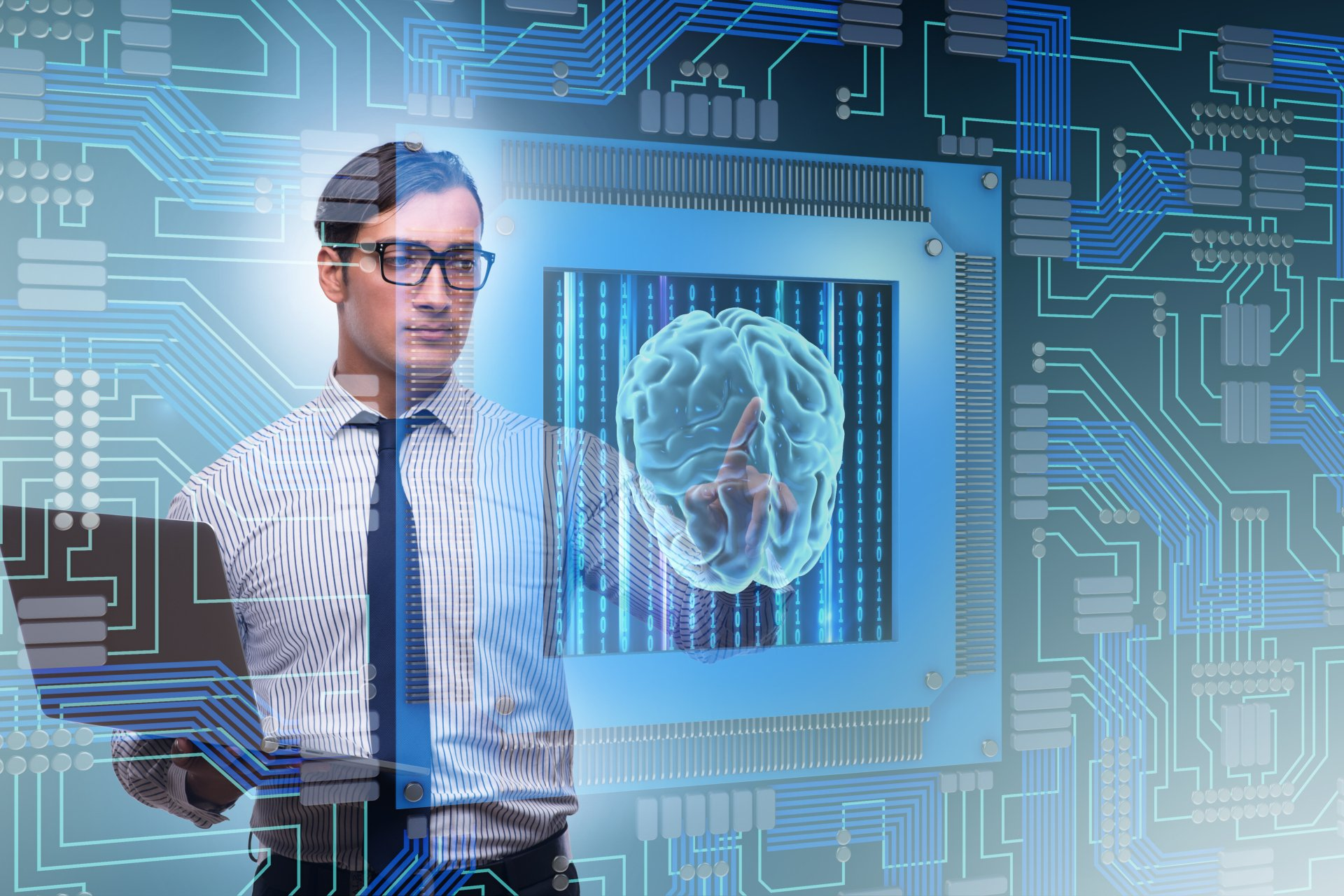Cannabidiol - CBD - August 2020
Julie Cunningham, PMHNP, MBA
What is CBD?
The cannabis plant contains over 60 unique chemical compounds known as cannabinoids. Cannabidiol, or CBD, is a naturally occurring cannabinoid component of cannabis and has become widely used for its therapeutic effects. While delta-9-tetrahydrocannabinol (THC) is the major active ingredient of the cannabis plant, cannabidiol (CBD) can make up about 40% of cannabis extracts depending on the plant. CBD does not cause intoxication or euphoria (the “high”) that comes from tetrahydrocannabinol (THC). It is THC (and not CBD) that is the primary psychoactive component of marijuana.
Benefits of CBD
Clinical studies have shown that CBD could be beneficial for many health conditions including anxiety, chronic pain, cancer, rheumatoid arthritis, sleep disorders, PTSD and epilepsy- to name just a few!
How CBD Works on Receptor Sites in the Body
Serotonin receptor sites: At high concentrations, CBD directly activates the serotonin receptor, thereby conferring an anti-anxiety effect which may help with anxiety, addiction, appetite, sleep, pain perception, nausea and vomiting.
Transient Receptor Potential Cation Channel Subfamily (TRPV) ion channels: CBD binds to TRPV1 which can influence pain perception, inflammation and body temperature.
GPR55-Orphan receptor: Some studies indicate that CBD functions as an antagonist that blocks, or deactivates, another G protein-coupled receptor known as GPR55. GPR55 is widely expressed in the brain, especially in the cerebellum. It is involved in modulating blood pressure and bone density, among other physiological processes. GPR55 promotes osteoclast cell function, which facilitates bone reabsorption. Overactive GPR55 receptor signaling is associated with osteoporosis.
Peroxisome Proliferator Activated Receptors (PPAR): Activation of PPAR-Gamma has an anti-proliferative effect, which may induce tumor regression in human lung cancer cell lines. PPAR-gamma activation degrades amyloid-beta plaque, a key molecule linked to the development of Alzheimer’s disease. This is one of the reasons why cannabidiol, a PPAR-gamma agonist, may be a useful remedy for Alzheimer’s patients. PPAR receptors also regulate genes that are involved in energy homeostasis, lipid uptake, insulin sensitivity, and other metabolic functions. Diabetics, accordingly, may benefit from a CBD-rich treatment regimen.
Is CBD right for you?
Above, we have discussed a few of the benefits of CBD, and some of the ways in which CBD works on the human body. If you are considering a trial of CBD products to help with any health concerns, it is recommended you have a full evaluation with your medical provider to discuss benefits, or potential risks, in regards to the use of CBD.
Julie Cunningham, PMHNP, MBA

Hypnosis Hypnosis has been researched for over a century and a lot has been learned about what hypnosis is and how it works. Hypnosis may be useful in treating a variety of issues such as anxiety, depression, weight loss, quitting smoking, phobias, public speaking, low self-esteem, surgical recovery, attention and focus, and pain. You might be asking yourself, “But what exactly is hypnosis and how does it work?” Per the American Psychological Society, the definition of hypnosis is “A state of consciousness involving focused attention and reduced peripheral awareness characterized by an enhanced capacity for response to suggestion.” (APA, 2014) There have been multiple famous people who have used hypnosis to improve their lives, including Samuel Jackson, Ben Affleck, Sean Connery, Whoopi Goldberg, Julia Roberts, Martha Stewart, Mel Gibson, Bruce Willis, Daryl Hannah, Jessica Alba, Kelly Rippa and many more. While in a state of hypnosis, attention is affected and will be focused on the suggestions the hypnotist offers rather than other things that may be going on around us. Also, suggestions given by the hypnotist are received more strongly and effortlessly, and are phrased in a positive connotation. A hypnosis session would start with an induction- an invitation for someone to enter hypnosis- and will typically involve instructions and suggestions for relaxation to help someone to become hypnotized. With practice, a hypnotic state becomes easier and may be achieved more quickly. The term hypnotizability describes an individual’s ability to become hypnotized. For some it is relatively easy to become hypnotized while for others there is more resistance. A persons’ readiness for hypnosis is one factor that may determine ones hypnotizability. Once in a hypnotic state, the subconscious level of the mind is in a state of hyper-suggestibility and deep relaxation, where the patient becomes highly responsive to suggestions. At this time, the hypnotist will offer suggestions in order to help reach your goals for the visit. For example, if someone with a painful leg is hypnotized they may feel focused and relaxed. It is not until they are given a suggestion such as "your leg is beginning to feel numb and insensitive" that they start to experience pain relief. The same is true for other types of suggestions too. Suggestions can be direct, as in the previous example, or they can be indirect such as "you might begin to notice changes in how your leg is feeling". Once the hypnotist has completed giving the suggestions, they will gently bring you out of hypnosis through verbal instruction. The study below further explains hypnosis, its uses and effectiveness, as well as brain changes that occur during hypnosis. A Study: Dr. David Spiegel at the Stanford University School of Medicine has been studying hypnosis since 1972 and has made vast contributions to the science of hypnosis through his research. David Spiegel, M.D., is professor and associate chair of psychiatry and behavioral sciences at Stanford University. He has extensive study and research related to the effects of hypnosis related to cancer pain and found that self-hypnosis exercises as part of a group therapy experience had a direct effect in altering the patient’s perception of pain. In addition to his work with cancer, Spiegel has studied how hypnosis can be used in other applications including: 1) How hypnotic visual illusion alters color processing in the brain 2) How hypnosis can help with the modulation of gastric acid secretion 3) How hypnosis can reduce stress during an invasive medical procedure. Through research, Dr. Spiegel wanted to uncover that since hypnosis was a change of state, there must also be some type of change in the brain, and there must be a way of seeing this change. In 2016, he gathered a team of researchers and conducted a study to prove their suspicion. The study was called “Brain Activity and Functional Connectivity Associated with Hypnosis”. The purpose of the study was to try to identify changes in brain activity during the hypnotic state. From a group of 547 people, Spiegel and his colleagues chose 57 subjects – 36 with high hypnotizability and 21 with low hypnotizability. Both groups were subjected to a series of fMRI (functional magnetic resonance imaging) scans under the same 4 conditions: 1) while resting 2) when recalling a memory, 3&4) during two different hypnosis experiences guided by pre-recorded instructions. Results: Researchers noticed there were brain changes happening to the first set of highly-hypnotizable people, which were: 1) A drop in activity in the dorsal anterior cingulate (the part of the brain that’s stimulated when you’re worried) 2) An increase in connectivity between certain areas of the brain, specifically the dorsolateral prefrontal cortex or DLPFC (a part of the brain responsible for planning and organization) and the insula (a part of the brain designed to help regulate body functions) 3) A decrease in connectivity between certain areas of the brain, this time between the DLPCF and part of the brain concerned with self-reflection. This explains why people are less inhibited while in a hypnotic trance, and how it is possible to increase someone’s self-esteem using only the power of suggestion. Conclusion: Dr. Spiegel believes that what we’re seeing is a kind of rewiring of the brain. That makes sense when you consider his findings. For example, if highly-hypnotizable people are indeed more relaxed and worry-free, then that might explain why hypnosis is such a powerful tool in the relief of stress and anxiety. If there is indeed a stronger connection between the brain and the body during hypnosis, then that might explain how it is possible to control or even eliminate pain using only hypnosis to fight it off. If highly-hypnotizable people become less inhibited while in a hypnotic trance, that might explain how it is possible to increase someone’s self-esteem using only the power of suggestion. According to Spiegel, it’s likely that people who are highly-hypnotizable will have had some kind of traumatic experience early in their life. These experiences naturally create a certain amount of stress, and the way a person deals with that stress could lead to a rewiring of the brain as a result of some connections being strengthened, while others are weakened. He also believes that people who were read stories by their parents, and have made good use of their imagination in other ways while growing up, appear to be more hypnotizable as adults. Of course, this one study is not enough to nail things down one way or the other. There needs to be a lot more research done that duplicates Spiegel’s findings. What his work does mean is that we’re finally beginning to understand what’s happening inside the brain during hypnosis. You may find more information on this study at the following link: Click here If you are interested in the many benefits of hypnosis feel free to contact me for a consult. Julie Cunningham, PMHNP, MBA





